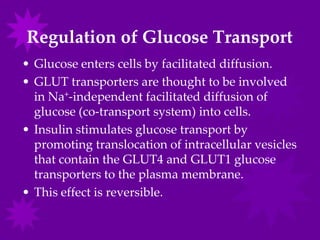The Transport of Glucose Into Erythrocytes Is Best Described as:
Glucose molecules are transported across cell membranes by facilitated diffusion or active transport. The effect of barbiturates on glucose transport into human erythrocytes.

Glucose Transport In The Intestinal Epithelium Youtube
Most of the time the former process takes place as it requires no energy from the cell.
. 25 suggested that the main role for GLUT1 expressed in mature human RBCs is transport of DHA rather than glucose. Channel and carrier proteins transport material at different rates. In the first stage sodium ion from inside the cells are transported to interstitial fluid.
Active transport can best be described as the movement of molecules against their concentration gradient from areas of lower concentration to areas of higher concentration The sodium-potassium-potassium pump requires a carrier protein that binds. Glucose is absorbed in small intestine by absorptive cells. Active transport indirectly requires energy from the hydrolysis of ATP.
The D-glucose transported from human erythrocytes was solubilized from washed membranes using Triton X-100. Instead erythrocytes depend on the anaerobic conversion of glucose by the Embden-Meyerhof pathway for the generation and storage of high-energy phosphates. This carrier protein is an example of a uniporter a protein that transports only one solute in one direction.
One of the best understood carrier proteins is the glucose carrier protein GLUT1 which is found on the cell surface of erythrocytes red blood cells. The second is the hormone insulin which the pancreas releases into the bloodstream to help cells absorb glucose from the blood. In the brain Glut1 mediates glucose transport 1 across the blood-brain barrier and 2 from the interstitial fluid into astrocytes oligodendrocytes and neurons.
Glucose transporters are necessary for glucose transfer into brain cells since cell membranes are impermeable to glucose. True initial rates of transport are at best difficult to measure using traditional methods and the vast bulk of experimental findings that appear to contradict the. A quenched-flow apparatus is described and applied to measurements of the hydrolysis of 24-dinitrophenyl acetate by sodium hydroxide and the entry of d-U-14 Cglucose into human red blood cells at 37C.
The two ways in which glucose uptake can take place are facilitated diffusion a passive process and secondary active transport an active process which depends on the ion-gradient which is established through the hydrolysis of ATP known as primary active transport. Inosine uptake by erythrocytes from nucleosidepermeable and impermeable lambs were not significantly different at birth. Oxygen readily binds this heme group.
Glucose influx into red cells was a saturable process obeying Michaelis-Menten kinetics with a K m for glucose of 66 061 m m and a maximum rate for. When glucose molecules move into the cell by facilitated diffusion the concentration gradient plays an. Glucose transporters are present at a very high concentration in the erythrocyte membrane up to 10 of total integral membrane protein Gorga and Lienhard 1982 and thus the rate of transport is extremely high.
In cotransport the direction of transport is the same for both the driving ion and driven ionmolecule. Recently Montel-Hagen et al. After removal of the Triton X-100 with Bio-Beads SM-2 the protein was incorporated into.
In a diabetic individual this is described as spilling glucose into the urine A different group of carrier proteins called glucose transport proteins or GLUTs are involved in transporting glucose and other hexose sugars through plasma membranes within the body. The process of transport of glucose from intestinal lumen into the absorptive cell has two stages. The monosaccharides glucose and galactose are transported into the epithelial cells by common protein carriers via secondary active transport that is co-transport with sodium ions.
A single drop of blood contains millions of erythrocytes and only thousands of leukocytes Figure 1831Specifically males have about 54 million erythrocytes per microliter µL of blood and females have approximately 48 million per µLIn fact erythrocytes are. Walmsley AD 1986 The kinetics of glucose transport in human red blood cells. The defect has recently been described.
Moreover erythrocytes possess a unique glycolytic. 212 Brain glucose transport in aging. Uptake of both permeants was considerably faster in the newborn.
Sherwood is called a glucose transporter or GLUT protein. Because of the lack of nuclei and mitochondria mature red blood cells are incapable of generating energy via the oxidative Krebs cycle. The difference between the two phenotypes was first apparent.
Up to 10 cash back In vitro glucose inhibits transport of dehydroascorbic acid into red blood cells and it was shown that in hyperglycemia and diabetes ascorbate concentrations in human red blood cells were reduced associated with impairments in cell structure 241 242. Glucose from the bloodstream enters cells with the help of two proteins. There are two types of glucose transporters in the brain.
The erythrocyte commonly known as a red blood cell or RBC is by far the most common formed element. The glucose transporter proteins GLUTs that transport glucose through facilitative diffusion a form of passive transport and sodium-dependent glucose transporters. Hemoglobin is a protein found in red blood cells that is comprised of two alpha and two beta subunits that surround an iron-containing heme group.
Among these GLUT1 is ubiquitously expressed and serves as the primary glucose transporter in blood-tissue barriers and the erythrocytes red blood cells RBCs of the circulatory system. In contrast in exchange the driving ion. The monosaccharides leave these cells via facilitated diffusion and enter the capillaries through intercellular clefts.
This leads to low sodium concentration inside the cell. The ability of oxygen to bind increases as more oxygen molecules are bound to heme. In this case down the glucose electrochemical gradient.
A model for GLUT1-mediated transport is. As GLUT4 is the main glucose transporter in skeletal muscle it remains to. Glucose and inosine transport by erythrocytes from newborn lambs and adult sheep were compared.
For example the Na glucose cotransporter SGLT1 found in the small intestine and kidney proximal tubules simultaneously transports 2 Na ions and 1 glucose molecule into the cell across the plasma membrane. The first explains Dr. Transport of Oxygen in the Blood.

Glucose Transporter Glut How Does It Work Youtube
How Is Glucose Transport Regulated Quora

Modifications Of Glucose Transport In Cardiac Diseases Green Download Scientific Diagram

Glut1 Function And Interactions In Red Blood Cell Membrane The Main Download Scientific Diagram
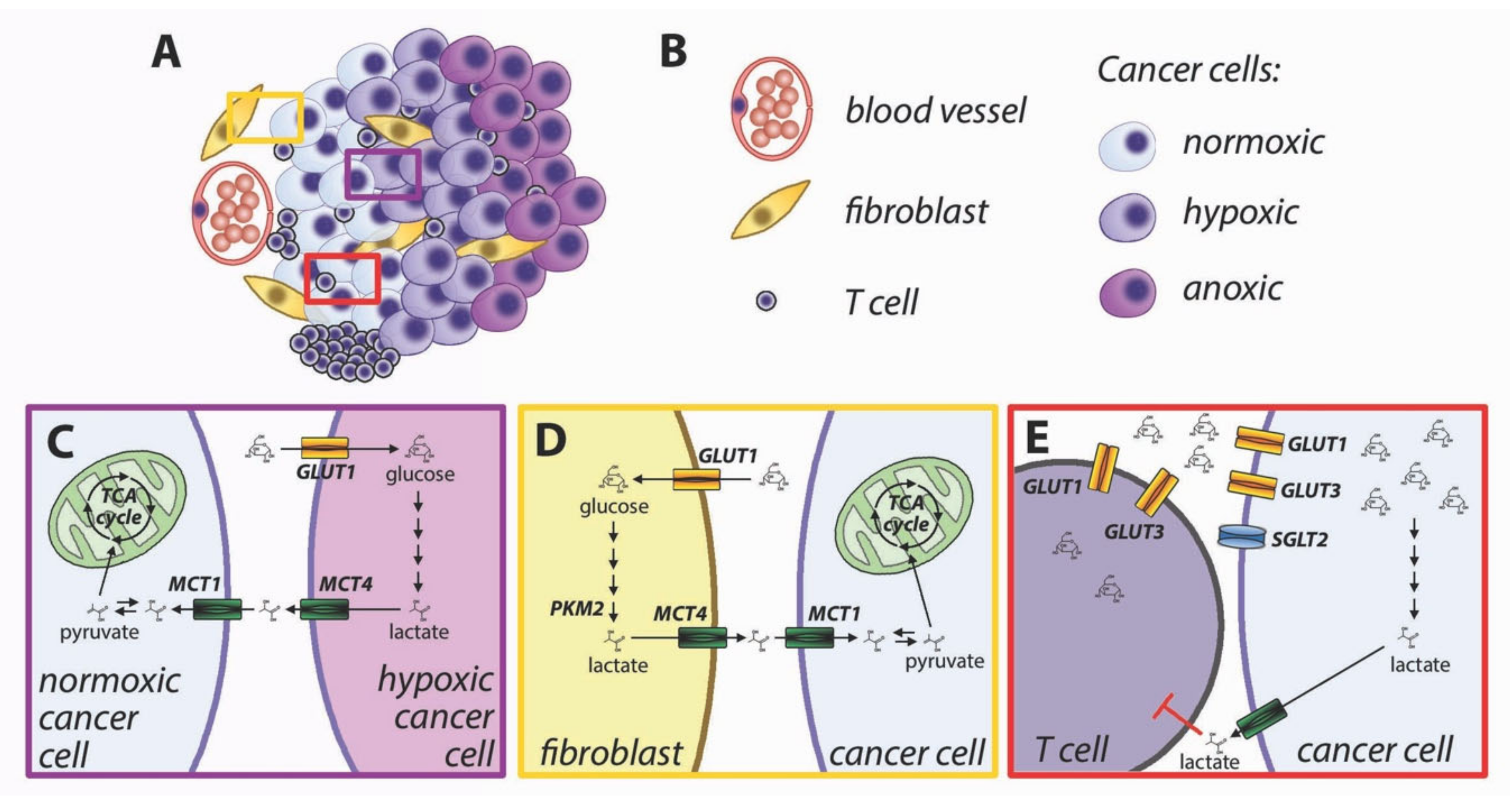
Biomolecules Free Full Text Heterogeneity Of Glucose Transport In Lung Cancer Html
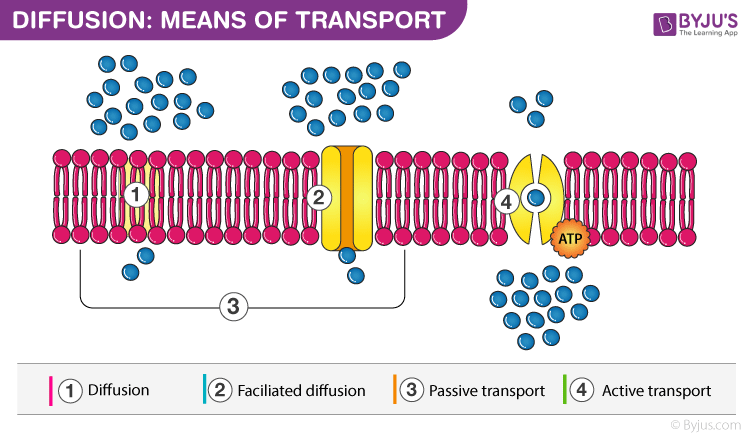
Does Glucose Transport Require Atp Get The Answer At Byju S Neet

Pdf Glucose Transport In Human Red Blood Cells
Why Is Co Transport Of Glucose In The Ileum Preferential To Active Transport Quora
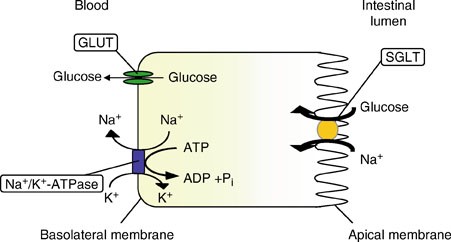
Glucose Transporters Springerlink
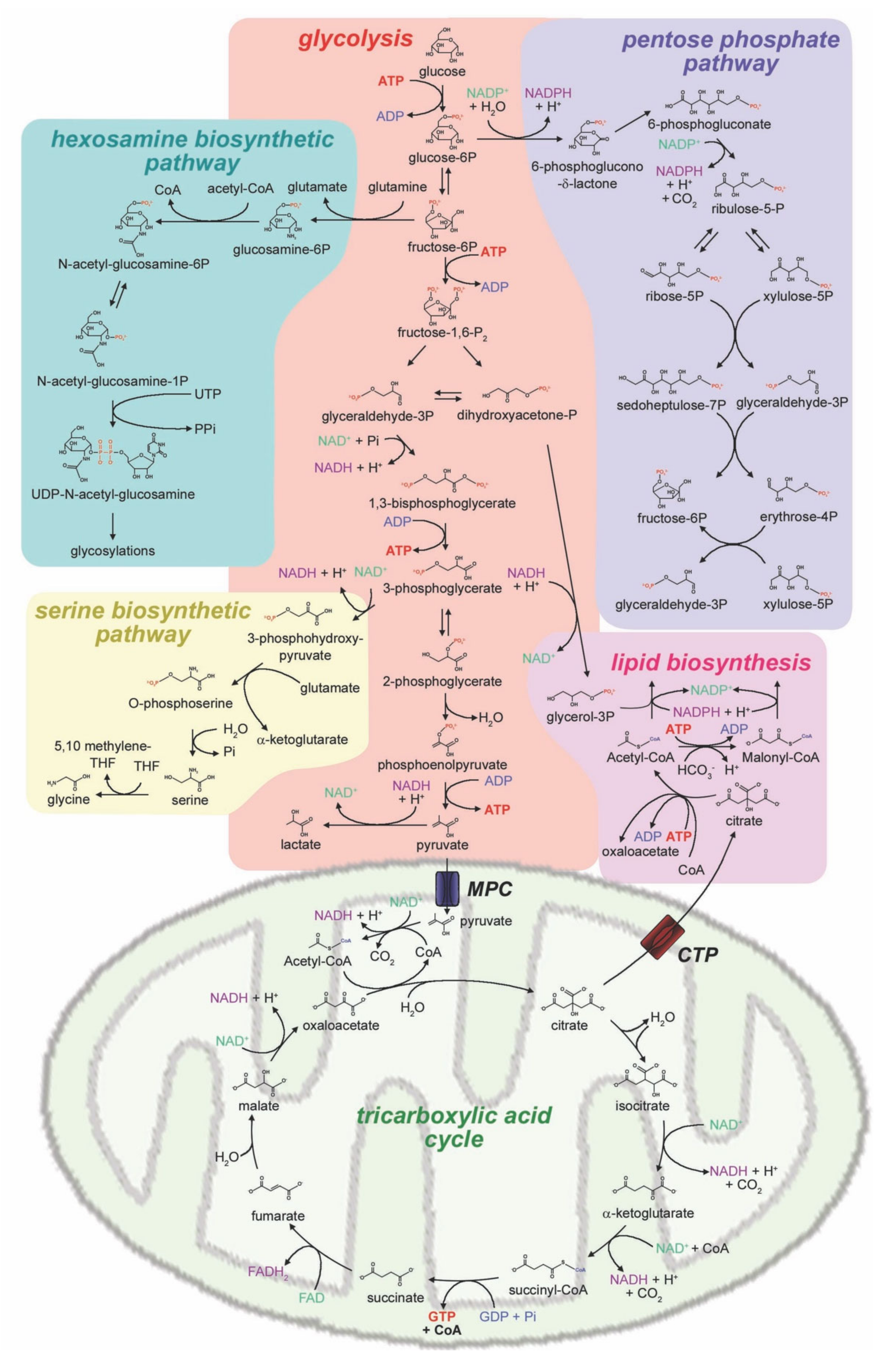
Biomolecules Free Full Text Heterogeneity Of Glucose Transport In Lung Cancer Html

Erythroid Glucose Transport In Health And Disease Request Pdf

Pdf Glucose Transport In Human Red Blood Cells
What Type Of Transport Supplies A Cell With Glucose Quora
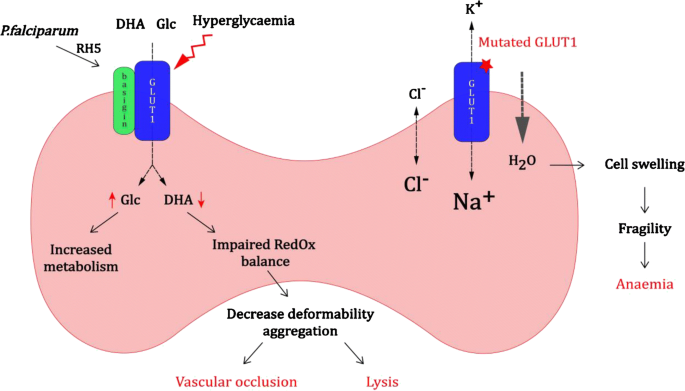
Erythroid Glucose Transport In Health And Disease Springerlink
Why Is Co Transport Of Glucose In The Ileum Preferential To Active Transport Quora

Levo Glucose An Overview Sciencedirect Topics
Why Is Co Transport Of Glucose In The Ileum Preferential To Active Transport Quora
